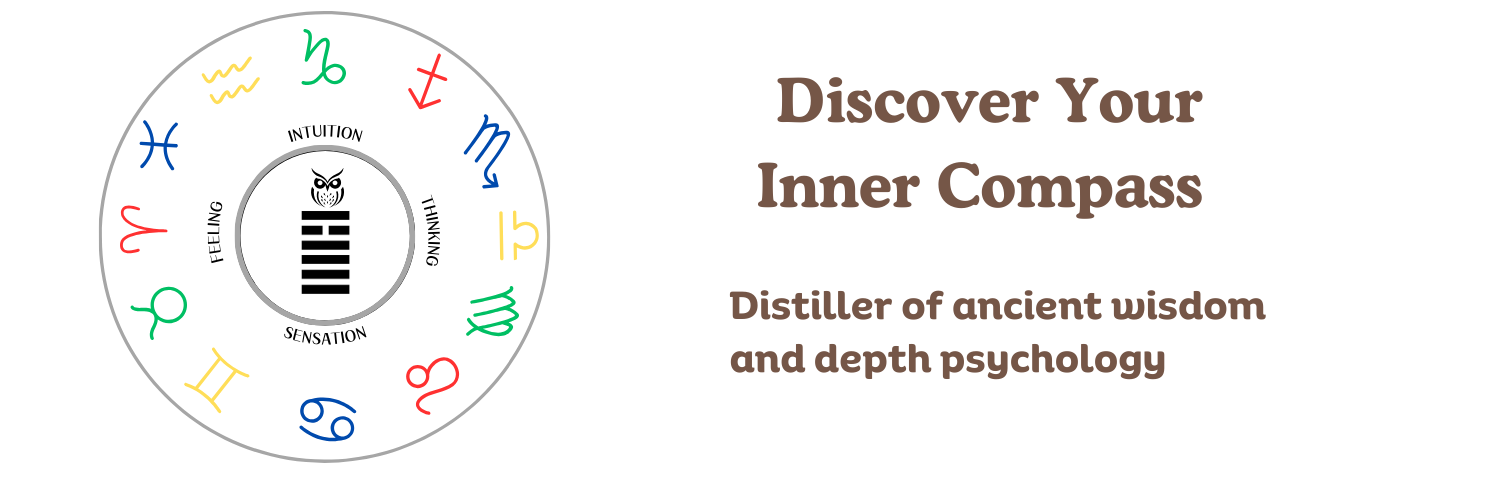I love the term “centroversion,” which I discovered when reading Steve Myers’ book:
Another associate of Jung, Erich Neumann, describes this new attitude as the personality embarking on a third direction, which is neither extraversion nor introversion but ‘centroversion.’ This is his own term for a new direction that is equivalent to individuation.
Myers-Briggs Typology vs Jungian Individuation: Overcoming One-Sidedness in Self and Society by Steve Myers p. 118
Our personality type makes us aware of how we are one-sided. In Jungian typology, the goal is to use our type as a stepping stone to individuation where we transcend our type and leave it behind. Myers says that “individuation begins only when we try to differentiate the inferior function.” When we give the inferior “full parity with the dominant” our consciousness collapses into the unconscious. We lose the certainties we used to have about life and confront the contents of our psyche. Marie-Louise von Franz describes it as follows:
When the fourth function comes up … the whole [conscious] structure collapses … This, then, produces a stage … where everything is neither thinking nor feeling nor sensation nor intuition. Something new comes up, namely, a completely different and new attitude towards life in which one uses all and none of the function all the time.
Lectures on Jung’s Typology by Marie-Louise von Franz and James Hillman p. 27-28
Ideally, the older we get, the more we should NOT fit the personality type of our younger years. We should become less one-sided. Myers conducted research for his PhD that involved gathering data on typological one-sidedness by country through an online self-report questionnaire. The results show that, both in the East and in the West, one-sideness actually increases with age. In my next post I’ll take a look at ways we can avoid becoming increasingly one-sided as we age.
